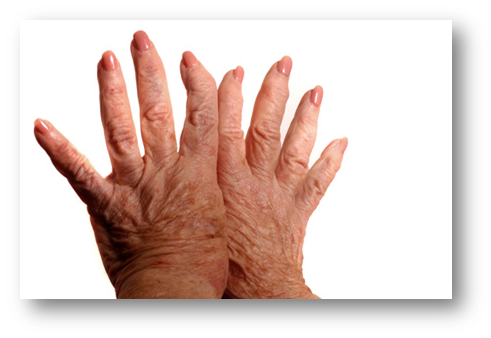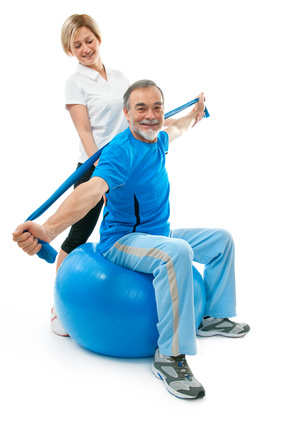 June is National Scleroderma Awareness Month. Scleroderma is a clinical condition that is characterized by changes in blood vessels, skin, muscles, and cartilage due to a formation of antibodies that fight against one’s own body (an auto-immune disease).
June is National Scleroderma Awareness Month. Scleroderma is a clinical condition that is characterized by changes in blood vessels, skin, muscles, and cartilage due to a formation of antibodies that fight against one’s own body (an auto-immune disease).
This is classified as a 'connective tissue disorder' that is most prevalent in female individuals between the ages of 30 to 50. The precise cause of scleroderma has not yet been identified. However, a few treatment modalities are available. Physical therapy offers useful treatments that can offset the effects of scleroderma.
Why physical therapy?
Individuals with scleroderma experience tight skin and reduced joint movements. This results in intense discomfort and pain over a period of time. Physical therapy can help maintain skin laxity and a full range of joint motion with a variety of treatment options.
1. Basic Protection
It is advisable for every patient to ensure personal safety by wearing gloves and protective gear when performing any form of physical activity, including doing the dishes. Heat packs can be used to provide relief from pain and discomfort, but ensure that they are just warm and not too hot.
 2. Stretching
2. Stretching
Stretching is very beneficial to those suffering from scleroderma. Tightening of the skin and joints in the hands can reduce grip strength due to lack of use of hand muscles. Constant, gentle stretching of these structures helps maintain muscle tone and strength. When performed slowly and gently, as advised by the physical therapist, stretching can keep skin texture and tone normal, while keeping joint movements adequate.
3. Exercise Therapy
This does not refer to cardiovascular activity, but more so to the range of movement of the joints. It is recommended that patients perform these exercises after a warm shower or an application of heat, as the joints are a lot more supple when warmed. Physical therapists will advise patients what works best.
4. Weight Training
People suffering from scleroderma report muscle weakness and fatigue. In addition, muscle fibers can shorten and become stiff. Low intensity weight training has been shown to increase stamina, improve muscle length, and improve muscle strength in many cases.
5. Cardiovascular Activity
Physical therapists often recommend low-grade cardiovascular activities such as brisk walking or other low impact activities like yoga and Pilates. Over time, cardiovascular activity can help reduce fatigue when performed as prescribed by your therapist. This also improves blood flow to the skin and joints.
 Physical therapy is an important component of treatment for patients with scleroderma. It does not cure the condition, but it does help maintain quality of life. It can often help with the patient's ability to perform day-to-day activities with less pain and increase the overall ability to live a normal life.
Physical therapy is an important component of treatment for patients with scleroderma. It does not cure the condition, but it does help maintain quality of life. It can often help with the patient's ability to perform day-to-day activities with less pain and increase the overall ability to live a normal life.
Call our office today if you or someone you know is suffering from scleroderma, or any condition that affects joint mobility.
When you schedule an evaluation, we will conduct a detailed assessment and provide you with several options to help improve your mobility and relieve pain. We strive to provide a pain-free lifestyle for all our patients and you deserve the best possible care. We are here for you. Contact us today.